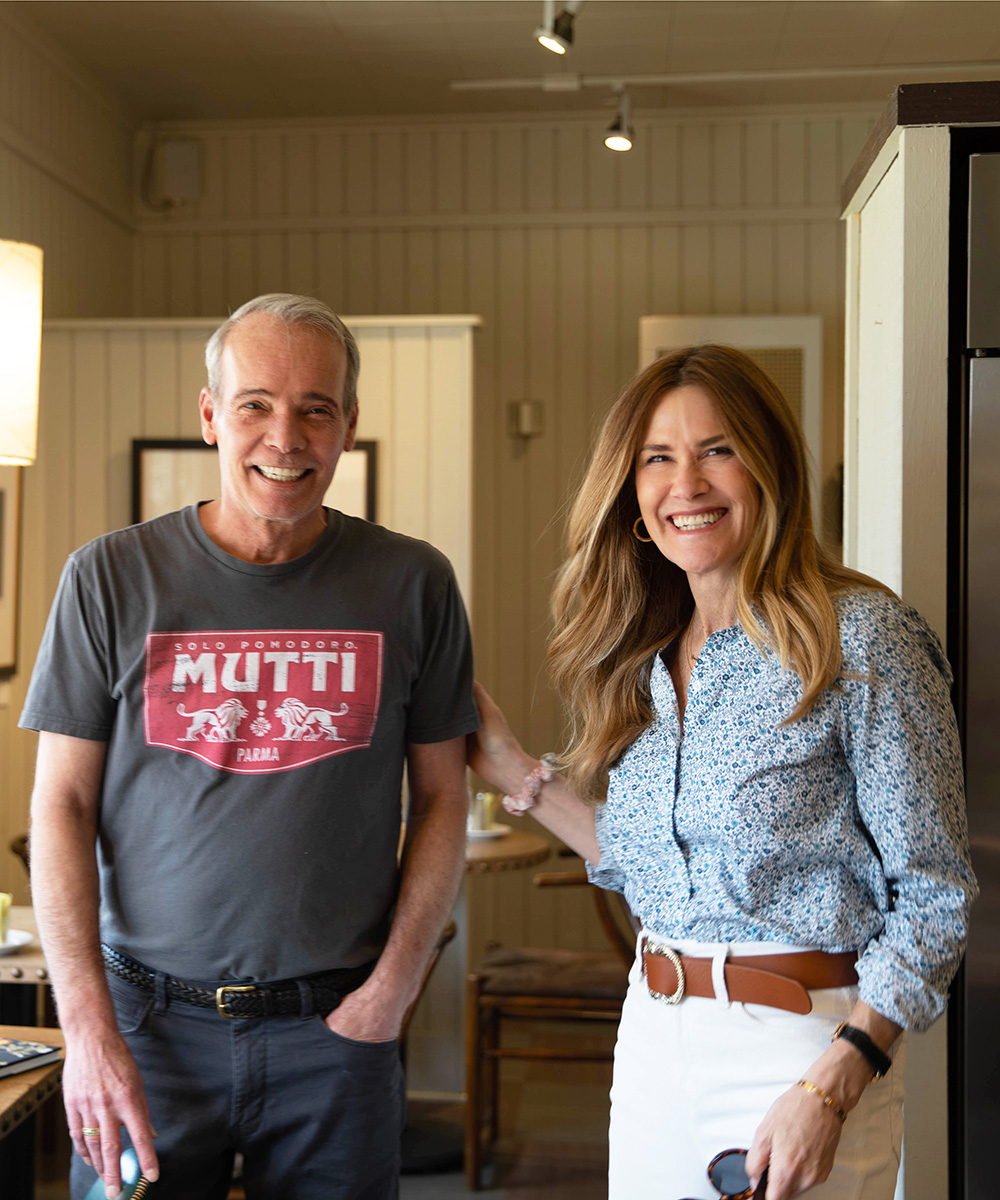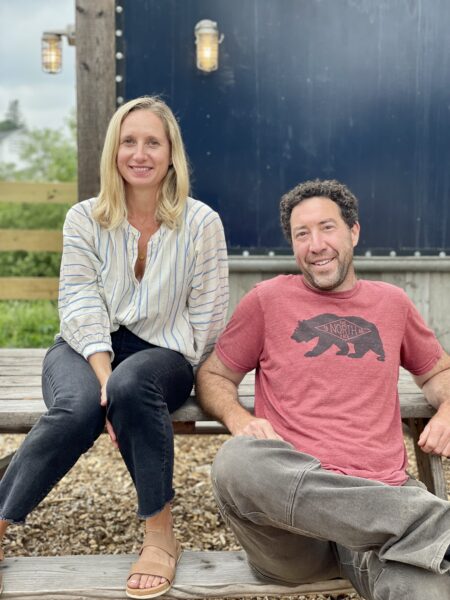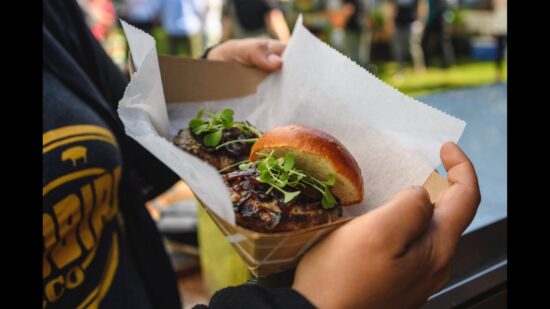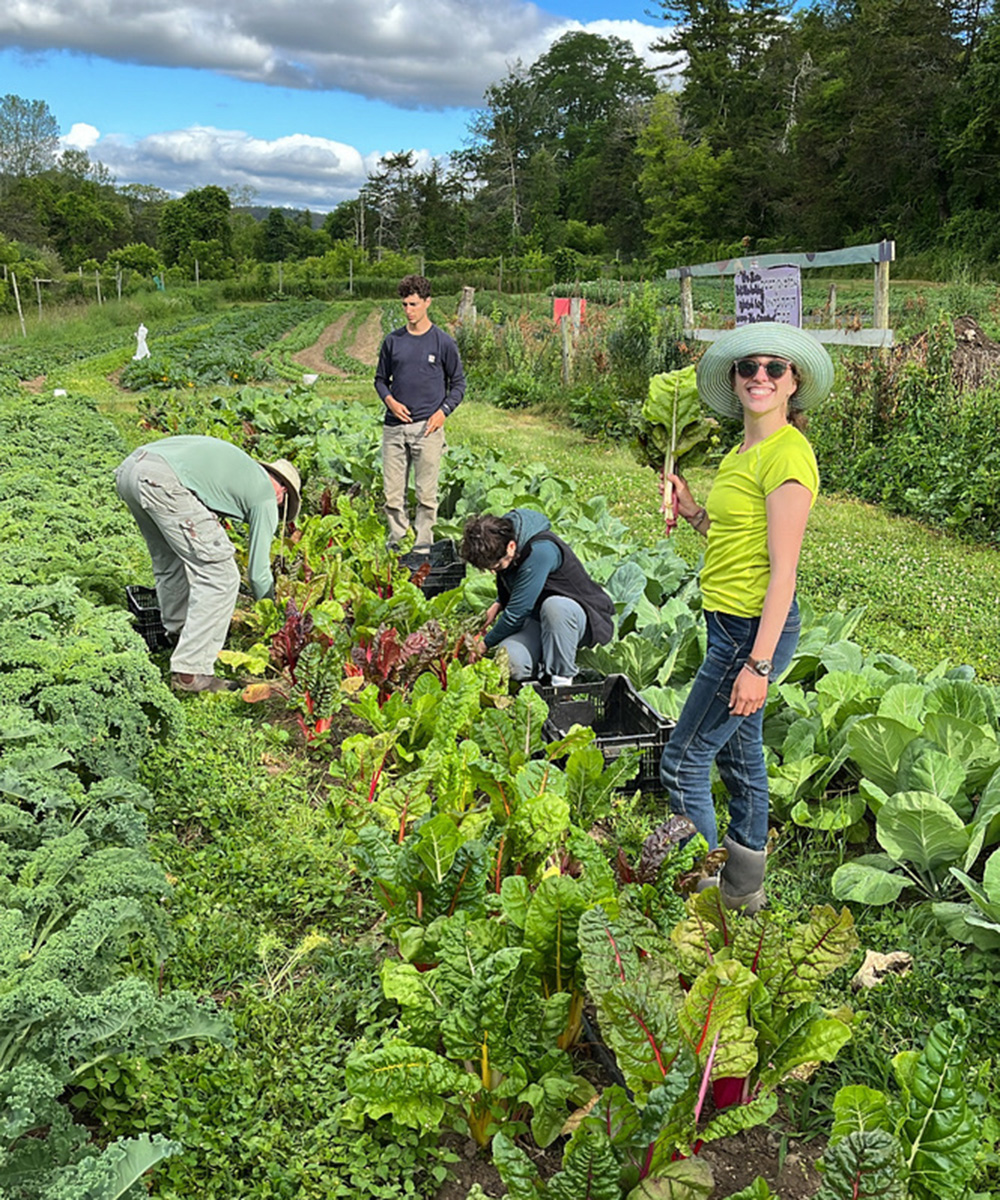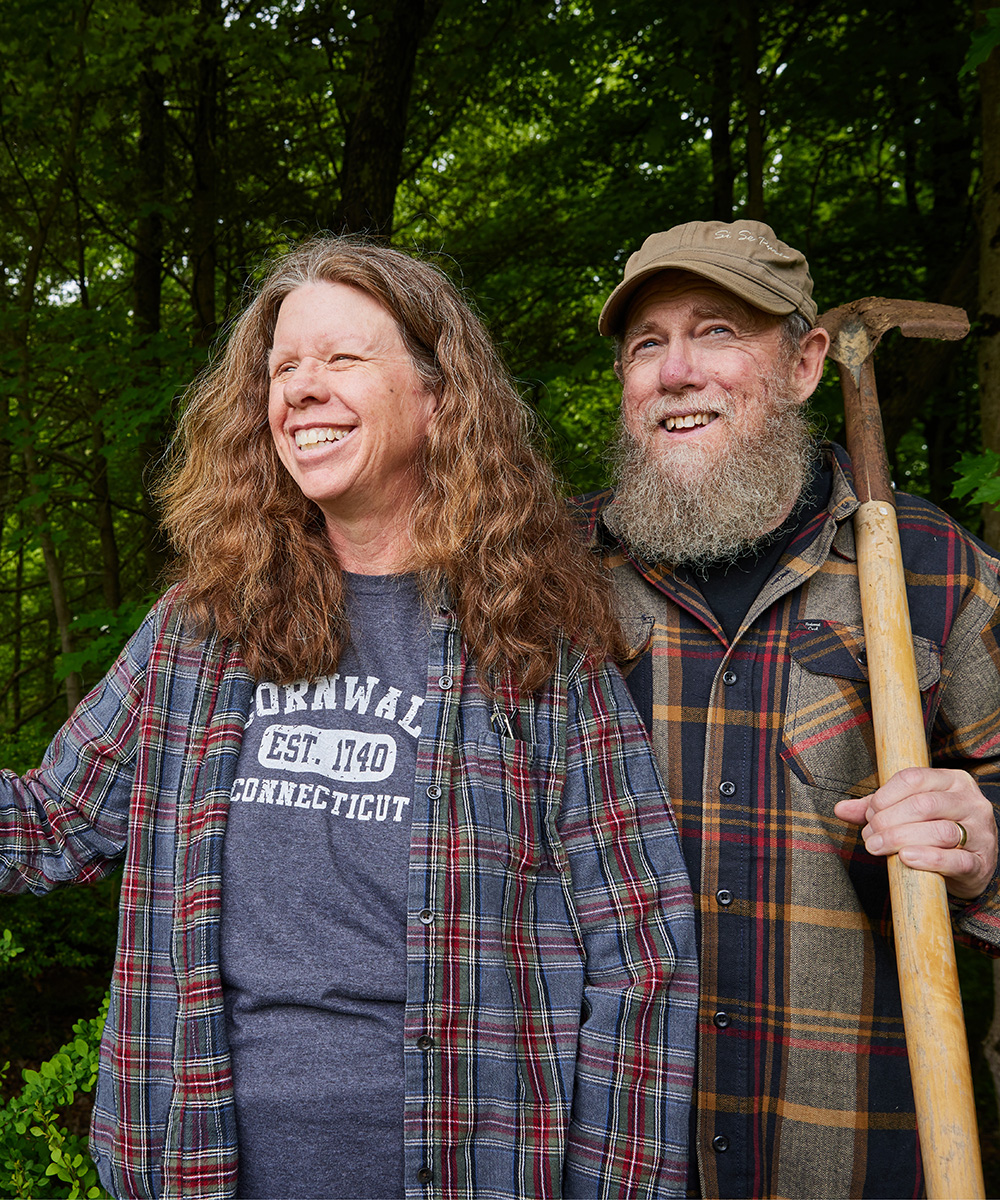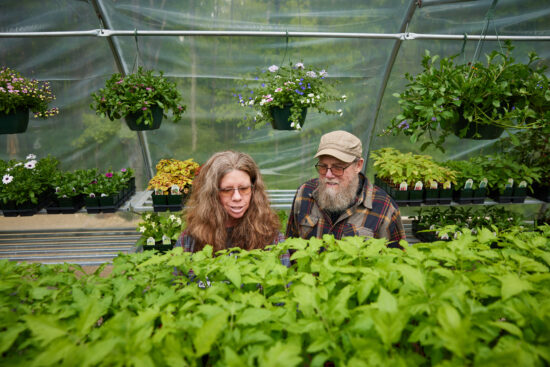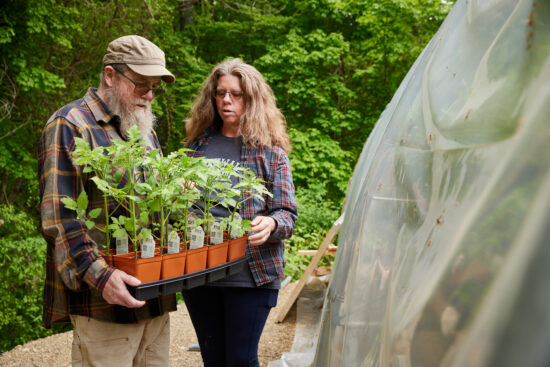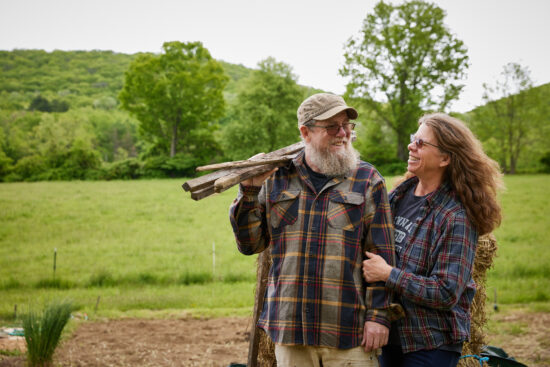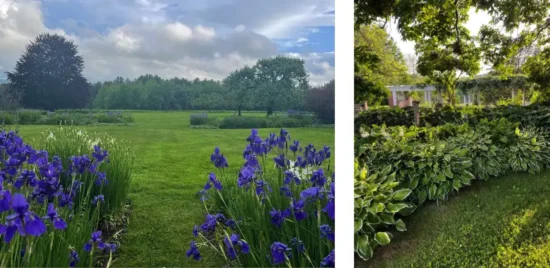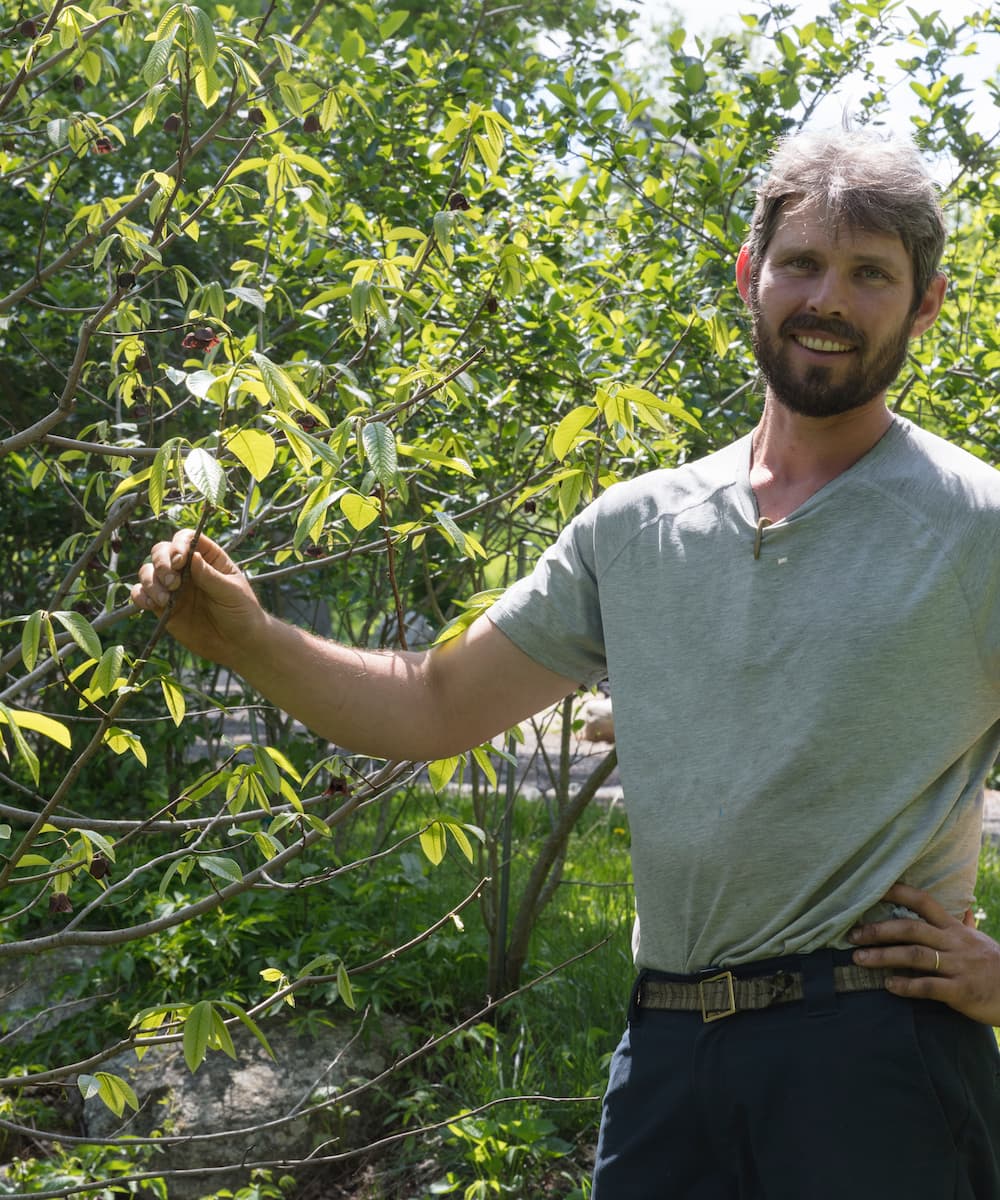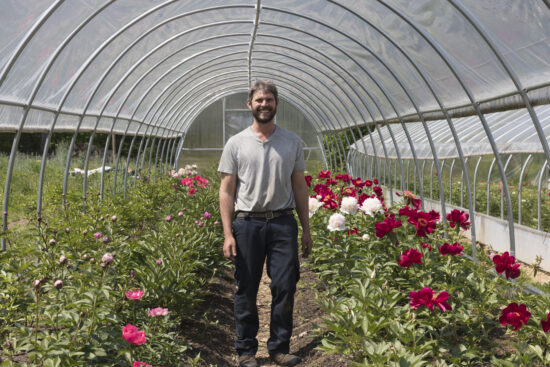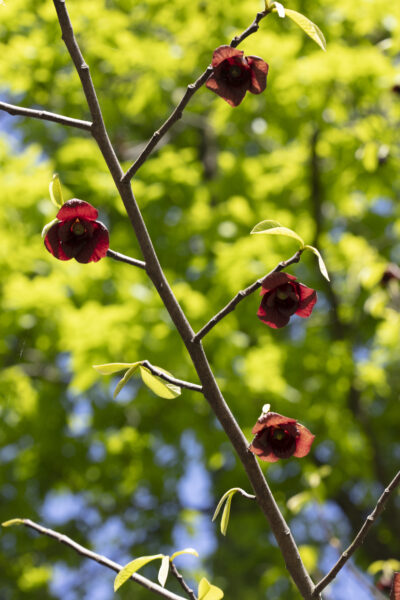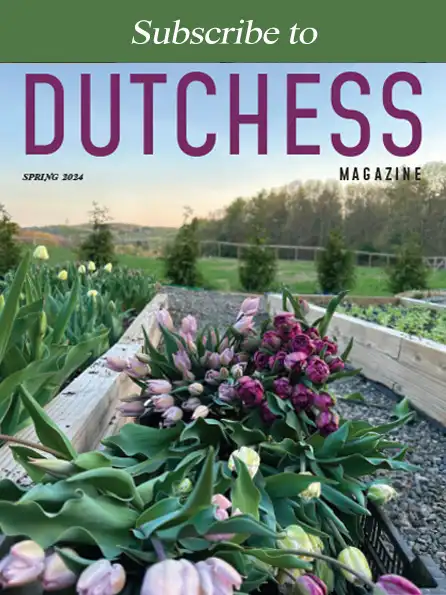Cancer Survivors Find Joy, Fitness in Rowing
By Cynthia Hochswender
Photos by Jacolyn Brown
The ladies of the lake glide across Lake Washinee in Salisbury on a misty, early spring evening. They reach forward, dipping their blades into the darkening water as sunset approaches, eight bodies pulling in unison.
Then someone tells a joke and the rowers burst out laughing and begin to chat as the coxswain yells at them to “Set the boat!” which means they’ve ceased their machine-like and steady rowing and are now in danger of either flipping over, or just going continuously in a circle.
No one minds. It’s not a race. These are all women who’ve won a much more important race, against cancer. Life is precious; laugh when you can; love your teammates. And above all, in this moment, “Set the boat!”
The Tri State We Can (Women Enduring Cancer) Row team was created in the early 2000s by Salisbury resident Noreen Driscoll, who’d lost close friends to cancer and had organized a number of different fundraising and memorial events. She earned a $5,000 grant from the Livestrong Foundation and used it to organize a rowing team, after contacting Holly Metcalf of the Boston We Can Row team (Metcalf was studying the benefits of rowing for cancer patients and survivors).
Yes, there are health benefits. But members of the Tri State We Can Row team say the camaraderie is as important as the fitness benefits.
“It’s taught us balance, given us strength, and created friendships,” says Donna DiMartino of Sharon, a member of the team and former hospice director for the Salisbury Visiting Nurse Association.
“We talk to each other in ways we can’t talk to other people,” she adds. “We can talk about surgery. We are a resource. Women call us when they get a biopsy, and we walk them through the process.”
“We are an open book,” agrees Jacolyn Brown of North Canaan, “but mostly what we do together is laugh.”
And row, of course. Winter workouts are on ERG machines; some of the rowers have their own machines at home, but others meet up once a week to use the machines at the all-male Salisbury School. Dick Curtis, the former rowing coach, welcomed the women to the school when they started and, working with Salisbury School, was able to provide a boat for the team to use. He and others including Rob Bettigole, Sally O’Connor, and Lisa Taylor helped coach the fledglings; Carl Jenter for years has motored alongside the rowers in the motorized launch, there to help keep them steady, safe, and dry.
Early on, the team did compete in some races, notably the World Rowing Indoor Championships in Boston. The indoor races are, of course, on the ERG machines that are an essential part of training.
“They teach us the sequence of legs, backs, arms,” explains 82-year-old Cicily Hajek, of Sharon, a founding member of the team.
Perhaps the team will compete again, if new members express an interest. For now, the rowers are content to slip silently, in unison, across the lake, stopping to gaze at eagles, cranes, and hawks.
New members are welcome. Training is provided. There is no age limit and no experience is needed, and men are invited to join. All rowers must be survivors of cancer, and must be willing to take part in the rather zen activity of rowing together.
“You have to row as one,” says DiMartino.
“And when you do, it’s glorious,” says Leslie Allyn of North Canaan.
Tri State We Can Row meets on Thursdays at 6 pm. from May to late October. —rowstrong.org





